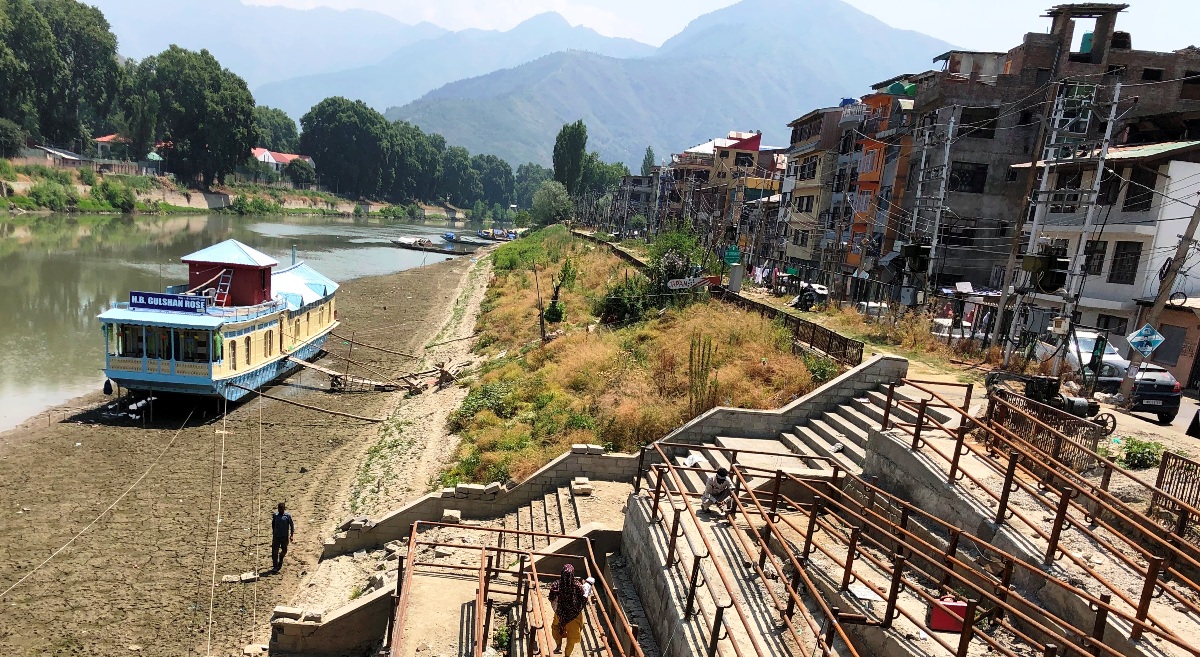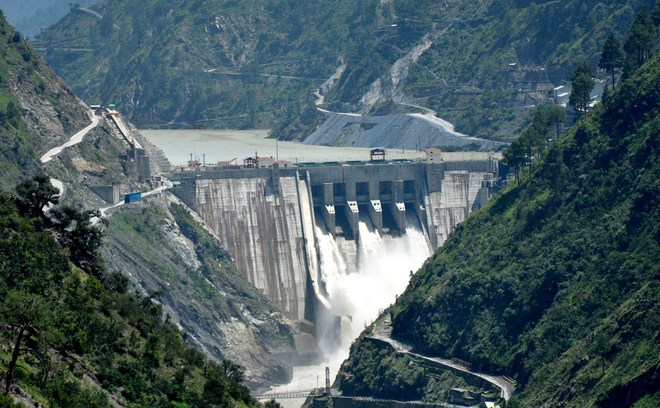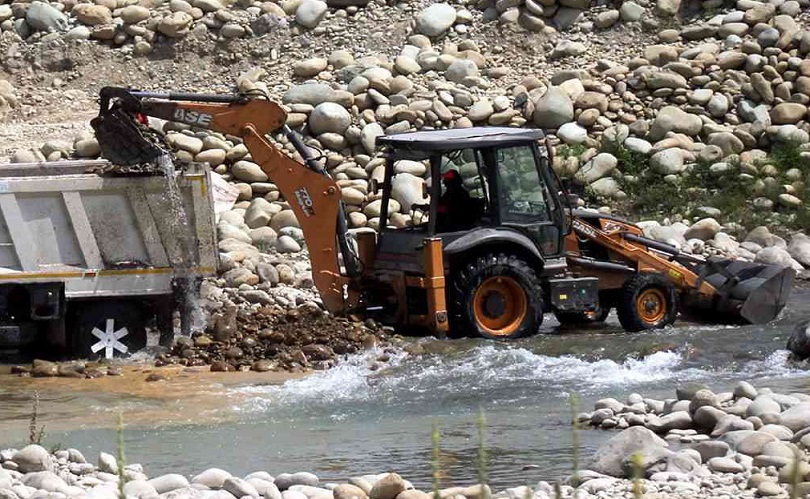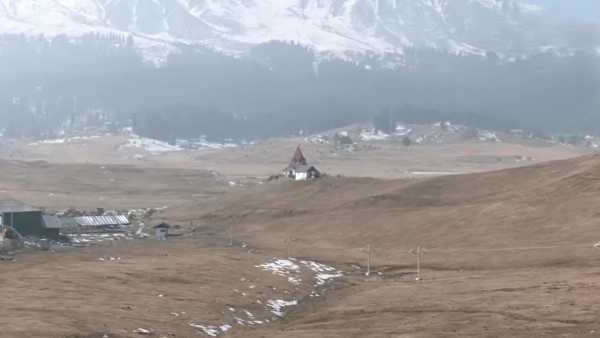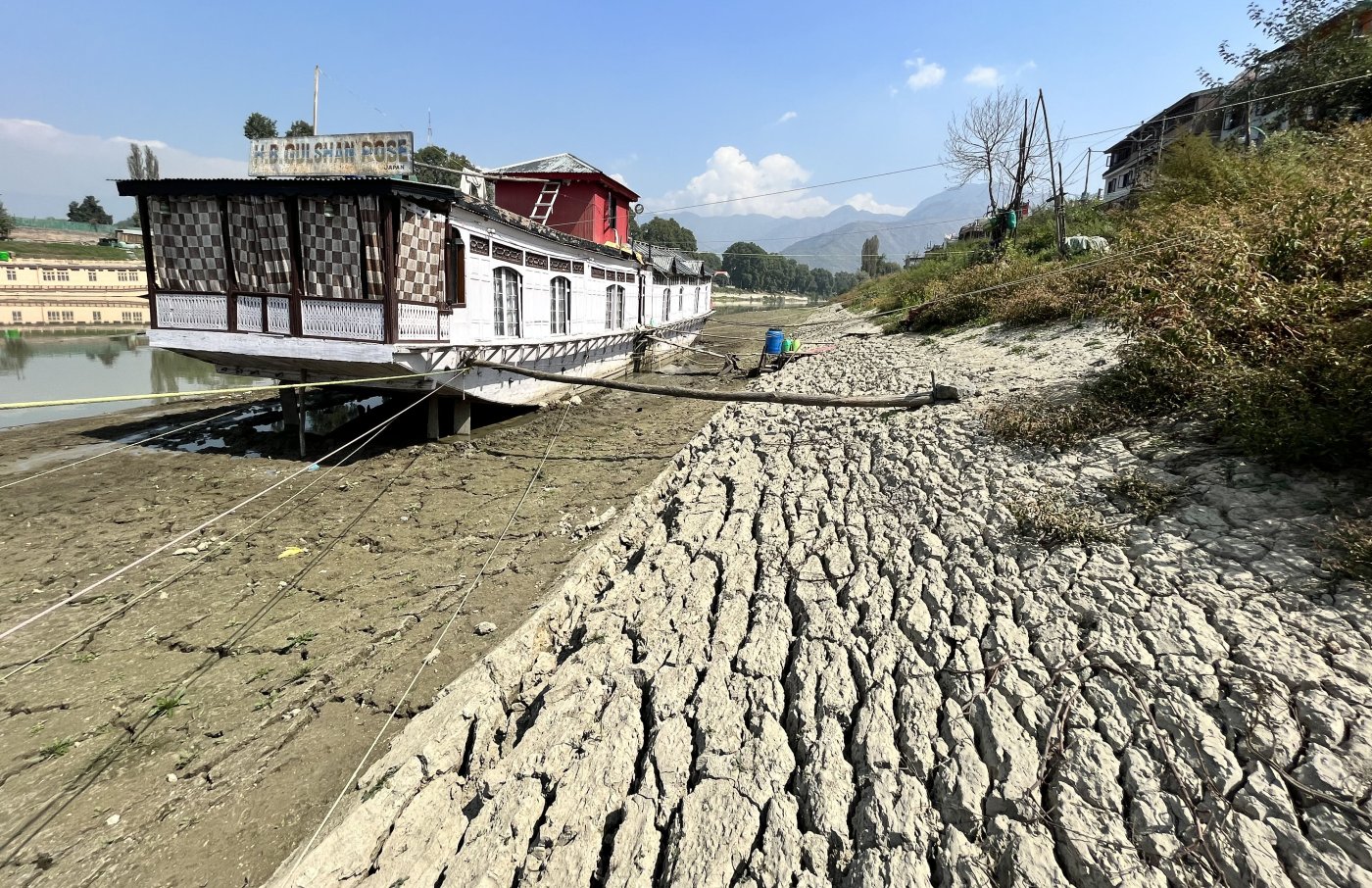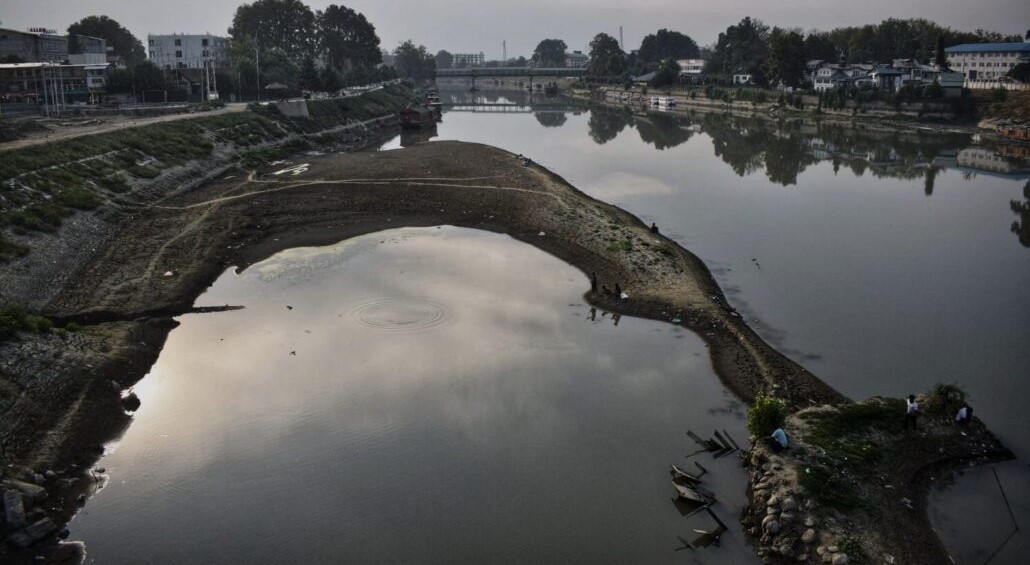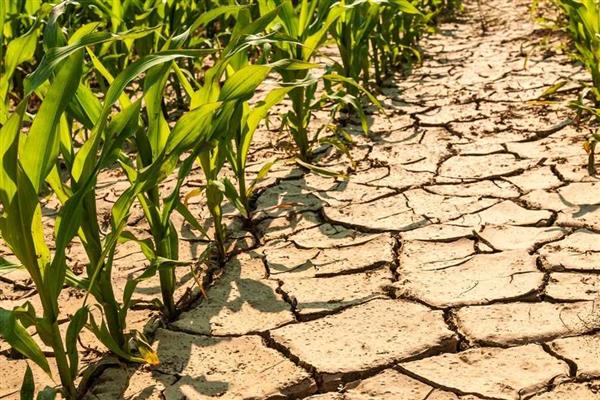Kashmir’s Jhelum Hits 5-Year Low: A Climate, Environmental & Humanitarian Emergency By: Javid Amin | Srinagar | 03 July 2025 When the River That Fed Millions Feels Empty The Jhelum River, the vital water artery that has sustained communities, farms, and ecosystems in Kashmir for centuries, is today sounding an alarm. On June 30, the river’s gauge dropped to just 0.57 feet, marking its lowest level in five years—a chilling sign that climate change is no longer on the horizon; it is here. This article delves deep into the factors driving…
Read MoreTag: #WaterScarcity
Baglihar Hydroelectric Project Feels Climate Change Heat: Power Generation Down 83%
Baglihar Hydroelectric Project Feels Climate Change Heat Srinagar, February 22, 2025 – The stark reality of climate change has become increasingly evident at the Baglihar Dam along the Chenab River in the Ramban district of Chenab Valley. The prestigious Baglihar hydroelectric project, with an installed capacity of 900 MW, is currently generating a mere 150 MW of power, signifying a decline of 83 percent. “Climate change and less precipitation are having a direct impact on the power generation from Baglihar,” said a senior Power Development Department (PDD) official, noting that both stages…
Read MoreIllegal Riverbed Mining in Kashmir Leads to Drying Up of Springs in Pulwama and Beyond
Illegal Riverbed Mining in Kashmir Leading to Drying Up of Springs By: Javid Amin Srinagar, February 8, 2025 – The natural springs of Kashmir, which have been crucial sources of drinking water for centuries, are under threat due to illegal riverbed mining. One such example is Bulbul Nag, located in Newa village of Pulwama district, which has historically provided water to the entire area. This spring, among many others, has been chosen by the Public Health Engineering (PHE) Department, also known as the Jal Shakti Department, as a key water…
Read MoreExperts Sound Alarm: Kashmir’s Snowfall Drop Could Lead to Water Scarcity
Kashmir receiving less snowfall can lead to water scarcity in coming months, say experts Srinagar, Jan 30 : Kashmir witnessing less snowfall during peak winter season this year could lead to water scarcity in coming months, experts said on Thursday. Talking to the news agency—Kashmir News Observer (KNO), the experts said the changing weather patterns have led to decline in the intensity of snowfall in Kashmir and it can have far reaching consequences. Director Meteorological department (MeT), Dr Mukhtar Ahmad said that the snowfall in winters is important for the…
Read MoreJammu and Kashmir Records Driest, Warmest January in 43 Years
In terms of snowfall or rains, Srinagar city witnessed the second driest January in the past four decades, recording a mere 3.0 mm of precipitation in the month this year, it said. Several parts of Jammu and Kashmir, including Srinagar city, witnessed the warmest January in 43 years, the Meteorological Centre Srinagar’s data said. In terms of snowfall or rains, Srinagar city witnessed the second driest January in the past four decades, recording a mere 3.0 mm of precipitation in the month this year, it said. The lowest precipitation in…
Read MoreKashmir Water Crisis deepens amidst persistent Dry Spell and Scorching Heat
Despite some light rainfall in parts of Kashmir on Friday, the heat wave continued at isolated places, according to the Meteorological Department (MeT). Director MeT Sonum Lotus said that the maximum temperature remained normal in Jammu region, but isolated places in Kashmir continued to experience heat wave conditions. Lotus added that there is a possibility of light rainfall at isolated to scattered places of Jammu and Kashmir during the next two days. However, he said that there is no forecast of any major respite from the prevalent weather conditions for…
Read MoreKashmir Grapples with Prolonged Dry Spell: 80% of Region Experiencing Moderate to Severe Dryness
By Faizan Arif Over the past four weeks, Jammu and Kashmir has been grappling with a significant shortfall in rainfall. According to India Meteorological Department data related to the Standardized Precipitation Index (SPI), approximately 80 percent of the area in Kashmir region (8 out of 10 districts), has been impacted by moderate to extreme dryness between August 3rd and August 30th. The SPI, relying on precipitation data, is a widely utilized index for characterizing meteorological drought on a range of timescales. This index is negative for drought and positive for…
Read More
